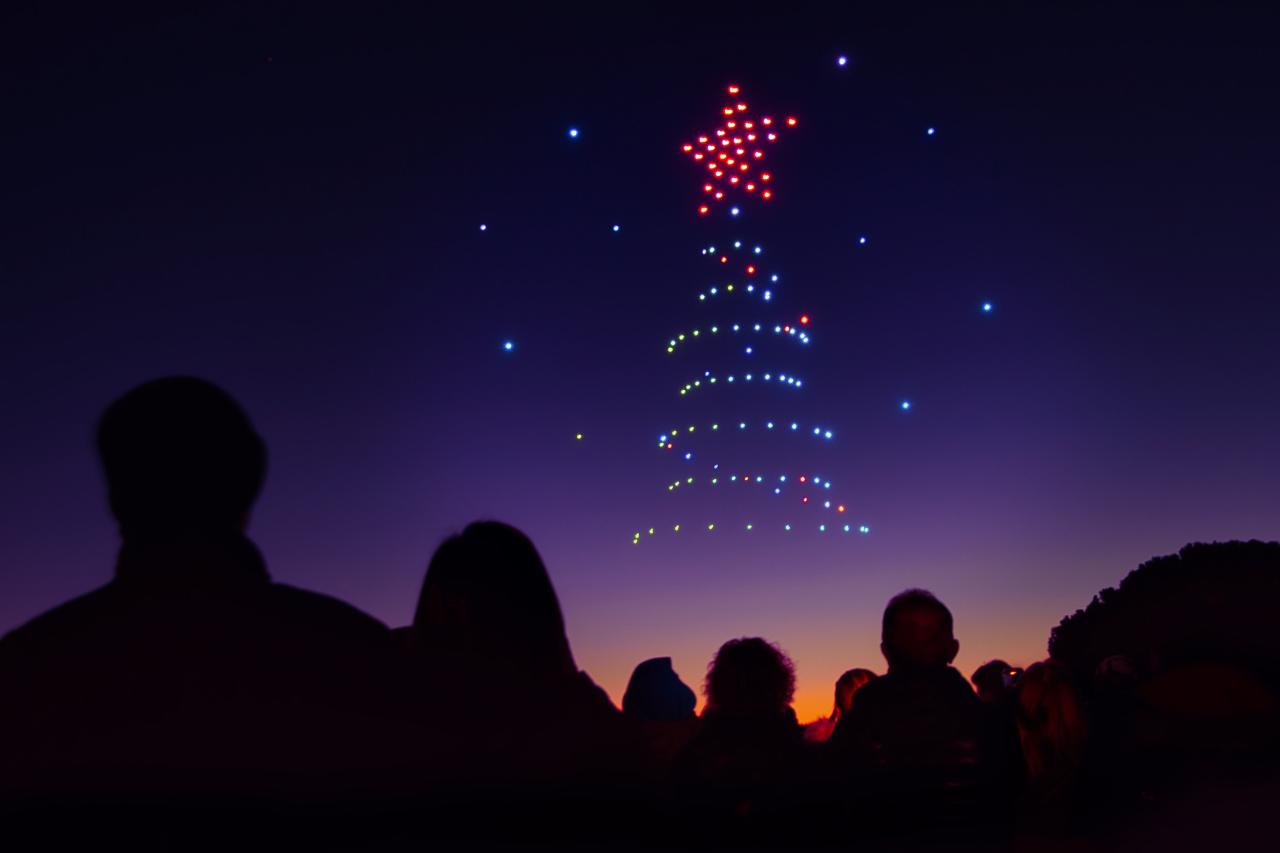Florida drone accidents, while relatively infrequent, highlight the crucial balance between technological advancement and responsible operation. This exploration delves into the various causes of these incidents, ranging from mechanical malfunctions and pilot error to unpredictable weather conditions and the inherent risks associated with operating unmanned aerial vehicles (UAVs) in a dynamic environment like Florida. We will examine the legal landscape, safety protocols, and environmental considerations surrounding drone use, offering insights into mitigating risks and promoting responsible drone operation.
The recent Florida drone accident highlights the increasing concerns surrounding both civilian and military drone operations. The incident underscores the need for stricter regulations, a point further emphasized by the escalating tensions seen in global conflicts, such as the ongoing ukraine drone attack on russia , where drone technology plays a significant role. Understanding the implications of these events is crucial for improving drone safety and security in Florida and beyond.
The increasing popularity of drones in Florida, for both recreational and commercial purposes, necessitates a comprehensive understanding of the potential hazards. This analysis will examine case studies of notable accidents, highlighting lessons learned and the evolution of safety regulations. We’ll also discuss technological advancements aimed at improving drone safety, emphasizing the role of public awareness and education in fostering a safer airspace.
Florida Drone Accidents: A Comprehensive Overview
Florida, with its diverse geography and vibrant tourism industry, sees significant drone activity, both recreational and commercial. This naturally leads to a higher likelihood of drone-related incidents. This article delves into the various aspects of Florida drone accidents, from their causes and legal ramifications to safety protocols and technological advancements aimed at mitigating risks.
Recent Florida drone accidents highlight the need for robust safety protocols in drone operation. Understanding the technology involved is crucial, and researching reputable manufacturers like sky elements drones can offer insights into advanced safety features. Ultimately, preventing future Florida drone accidents requires a combined effort of responsible operation and technological advancements.
Types of Florida Drone Accidents
Drone accidents in Florida can be categorized based on their root causes. These often intertwine, making precise categorization challenging. Common causes include mechanical failure, pilot error, and adverse weather conditions. Data on the exact number of incidents per category is not consistently tracked publicly at a granular level, but we can still identify the most frequent types.
| Accident Type | Cause | Contributing Factors | Number of Incidents (Estimate) |
|---|---|---|---|
| Collision with Object | Pilot Error (Loss of Visual Line of Sight, Poor Judgment) | Inadequate pre-flight checks, unfamiliar terrain, wind gusts | High |
| Mechanical Failure | Malfunctioning components (motor, battery, GPS) | Lack of maintenance, use of substandard parts | Moderate |
| Loss of Control | Pilot Error (inexperience, distraction) | Strong winds, radio interference | High |
| Weather-Related Incident | Adverse weather conditions (high winds, rain, thunderstorms) | Ignoring weather forecasts, operating beyond drone capabilities | Moderate |
The most common types of accidents involve collisions with objects (trees, buildings, other drones) and loss of control due to pilot error. While precise data differentiating recreational and commercial accidents is scarce, anecdotal evidence suggests a higher frequency of accidents involving recreational drones, likely due to a wider range of pilot experience levels.
Legal and Regulatory Aspects of Drone Operation in Florida
Drone operation in Florida is governed by Federal Aviation Administration (FAA) regulations, mirroring national standards. These regulations cover aspects like registration, certification, operational limits, and airspace restrictions. Violations can result in significant penalties, including fines and legal action.
Liability for drone accidents is complex and depends on the specific circumstances. Insurance is crucial to cover potential damages or injuries. Reporting accidents to the FAA is mandatory in certain situations, particularly those involving injuries or significant property damage. Failure to report can lead to further legal consequences.
The process for reporting a drone accident typically involves filing a report with the FAA, potentially including local law enforcement depending on the severity and circumstances of the incident. Detailed documentation of the accident, including photos, videos, and witness statements, is crucial for the investigation.
Safety Procedures and Best Practices for Drone Operation in Florida
Adhering to safety protocols is paramount to prevent accidents. These protocols address various aspects of drone operation, minimizing risks associated with different environments and weather conditions.
- Always maintain visual line of sight (VLOS) with your drone.
- Check weather conditions before and during flight.
- Avoid flying near airports, heliports, or restricted airspace.
- Operate your drone within the FAA’s guidelines and regulations.
- Regularly inspect your drone for mechanical issues.
- Never fly under the influence of alcohol or drugs.
- Be aware of surrounding obstacles and avoid flying near power lines or buildings.
Pre-flight checks are essential. These include verifying battery levels, inspecting propellers, and confirming GPS signal strength. A thorough risk assessment considers factors like weather, terrain, and proximity to obstacles.
A comprehensive pre-flight checklist should include: battery charge, propeller integrity, GPS signal, weather conditions, airspace restrictions, emergency contact information, and a planned flight path.
Impact on Environment and Infrastructure

Drone accidents can have significant consequences for Florida’s environment and infrastructure. Collisions with wildlife can cause injuries or fatalities. Accidents near bodies of water can lead to pollution if the drone itself or its battery components are damaged. Similarly, collisions with power lines or buildings can cause disruptions and damage.
Examples of such incidents, while not widely publicized in detail, are likely to include cases where drones have crashed into sensitive wetlands, resulting in ecological disturbance, or impacted power lines, causing temporary outages.
Technological Advancements and Safety Features in Drones

Technological advancements are constantly improving drone safety. Obstacle avoidance systems, using sensors like lidar and cameras, help drones detect and avoid collisions. Autonomous flight capabilities allow for pre-programmed flights, reducing pilot error. These features are increasingly common in newer drone models.
| Feature | Description | Effectiveness |
|---|---|---|
| Obstacle Avoidance | Sensors detect obstacles and automatically adjust flight path. | Highly effective in reducing collisions, but not foolproof in all situations. |
| GPS and Return-to-Home (RTH) | GPS allows for precise positioning and RTH ensures the drone returns safely if connection is lost. | Very effective in preventing loss of drone, but susceptible to GPS signal interference. |
| Redundant Systems | Backup systems ensure continued operation even if a primary component fails. | Enhances reliability and safety, reducing the risk of catastrophic failure. |
Case Studies of Notable Accidents, Florida drone accident

While specific details of Florida drone accidents are often not publicly released due to privacy and investigation reasons, we can examine hypothetical scenarios to illustrate potential consequences and lessons learned.
A recreational drone, operating near a beach in South Florida, experienced a sudden loss of control due to strong winds. The drone crashed into a group of beachgoers, causing minor injuries. The incident highlighted the importance of checking weather conditions and respecting wind speed limits.
A commercial drone, used for aerial photography, malfunctioned due to a battery failure over a densely populated area in Orlando. The drone fell from the sky, but luckily caused no injuries. The incident stressed the importance of regular battery maintenance and using high-quality, certified batteries.
A drone operating near the Everglades National Park lost control and crashed into a fragile ecosystem, potentially causing harm to wildlife. This case underscored the critical need for careful planning and awareness of environmental sensitivities when operating drones in sensitive areas.
Public Awareness and Education on Drone Safety
Improving public awareness and education is vital for preventing future accidents. A public service announcement (PSA) could emphasize the importance of following FAA regulations, performing pre-flight checks, and being aware of the potential risks of drone operation.
A visual representation could depict a split-screen image: one side showing a drone operating safely, following all guidelines; the other side depicting a drone crashing into a building, illustrating the potential consequences of negligence. The visuals should use strong contrasts in color and clear labeling to emphasize the safety message.
Strategies for improving public awareness include partnerships with local drone clubs, educational outreach programs, and public service announcements across various media platforms.
Ultimately, understanding and mitigating the risks associated with Florida drone accidents requires a multi-faceted approach. This involves strict adherence to FAA regulations, rigorous pre-flight checks, continuous technological advancements in drone safety features, and a strong emphasis on public education and responsible drone operation. By combining robust safety protocols with ongoing technological innovation, we can strive towards a safer future for drone operations in Florida, balancing technological progress with responsible airspace management.
Recent Florida drone accidents highlight the importance of safe drone operation. Understanding the technology involved is crucial, and researching reputable manufacturers like those offering sky elements drones can help inform responsible use. Ultimately, preventing future Florida drone incidents relies on both technological advancement and user awareness.
FAQ Guide: Florida Drone Accident
What is the FAA’s role in regulating drones in Florida?
The FAA sets the national standards for drone operation, including registration, licensing requirements (for commercial use), and operational guidelines to ensure safe and responsible airspace usage. Florida must adhere to these federal regulations.
What type of insurance is recommended for drone operators in Florida?
Liability insurance is strongly recommended for both recreational and commercial drone operators to cover potential damages or injuries caused by drone accidents. The level of coverage needed depends on the type and frequency of drone operation.
Where can I report a drone accident in Florida?
Drone accidents should be reported to the FAA, potentially also to local law enforcement depending on the severity and circumstances of the incident. Specific reporting procedures are available on the FAA website.
